Introduction
Welcome to the future of digital ownership! You’ve probably heard the buzz about NFTs and wondered what all the fuss is about. NFTs, or Non-Fungible Tokens, have taken the digital world by storm, offering a revolutionary way to buy, sell, and own unique digital assets. But what exactly is an NFT, and why is it causing such a stir? Let’s dive in and explore this exciting new frontier in the digital landscape.
What is an NFT?
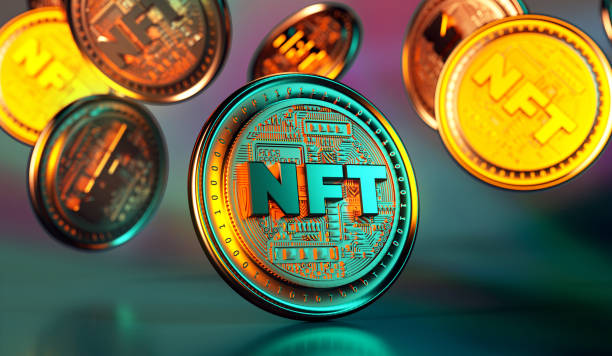
Defining NFT
At its core, an NFT (Non-Fungible Token) is a type of digital asset that represents ownership or proof of authenticity of a unique item or piece of content, often leveraging blockchain technology. Unlike cryptocurrencies such as Bitcoin or Ethereum, which are fungible and can be exchanged on a one-to-one basis, NFTs are unique and cannot be exchanged on a like-for-like basis. Think of NFTs as digital certificates of authenticity for assets that are one-of-a-kind.
The Basics of Blockchain
To understand NFTs, it’s essential to grasp the basics of blockchain technology. Blockchain is a decentralized digital ledger that records transactions across many computers in a way that ensures the data’s security and immutability. When you purchase an NFT, you’re buying a token that’s recorded on a blockchain, providing a verifiable record of ownership and authenticity.
How Do NFTs Work?
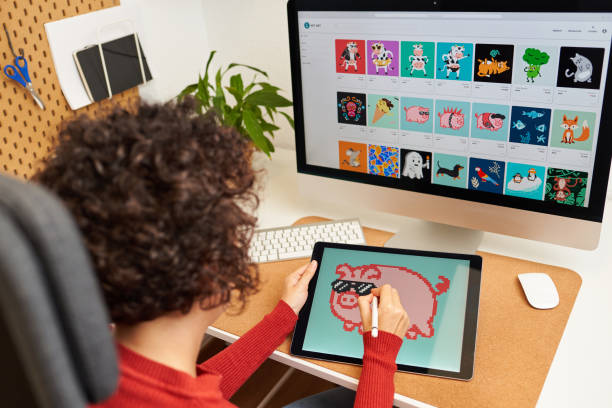
Creation and Minting
NFTs are created through a process called minting, where the digital item is converted into a part of the Ethereum blockchain or other blockchain supporting NFTs. This process involves uploading the digital file to a marketplace or platform that supports NFTs, like OpenSea or Rarible, and setting the terms of ownership, such as royalties for the original creator.
Ownership and Transfer
Once minted, the NFT can be bought, sold, or traded on various marketplaces. Each transaction is recorded on the blockchain, ensuring transparency and security. When you buy an NFT, you’re not just buying the digital file; you’re buying the rights to that specific file, including its provenance and history.
The Rise of NFTs
Historical Context
The concept of digital ownership isn’t entirely new. Before NFTs, digital art and assets could be copied and shared endlessly, making it difficult to establish true ownership. NFTs provide a solution to this problem by creating a system where ownership of digital items can be verified and authenticated.
The CryptoKitties Phenomenon
One of the first mainstream uses of NFTs was CryptoKitties, a blockchain-based game that allows players to purchase, breed, and sell virtual cats. Each CryptoKitty is unique and owned by the player, who can sell or trade it as they wish. This game demonstrated the potential of NFTs and sparked widespread interest in their applications.
Applications of NFTs

Digital Art and Collectibles
NFTs have revolutionized the art world by providing artists with a new way to monetize their work. Digital artists can now sell their creations as NFTs, ensuring that they receive credit and compensation for their work. Collectors, in turn, can own unique pieces of digital art that have verifiable authenticity and ownership history.
Music and Entertainment
Musicians and entertainers are also leveraging NFTs to connect with their fans and create new revenue streams. Artists can release exclusive albums, concert tickets, or behind-the-scenes content as NFTs, providing fans with unique and valuable experiences while maintaining control over their work.
Virtual Real Estate
In virtual worlds like Decentraland and The Sandbox, NFTs are used to represent ownership of virtual land and properties. Users can buy, sell, and develop these virtual spaces, creating a digital real estate market that’s entirely decentralized and user-driven.
Gaming
NFTs are transforming the gaming industry by allowing players to own, trade, and sell in-game items. Games like Axie Infinity use NFTs to represent characters, items, and land within the game, giving players real ownership over their digital assets and the ability to profit from their gaming achievements.
Why Are NFTs So Popular?
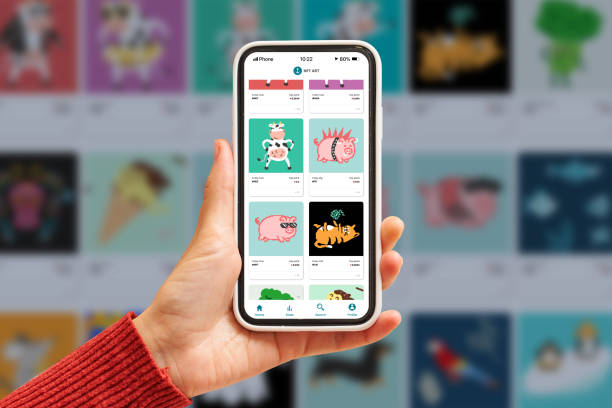
Scarcity and Exclusivity
One of the main drivers of NFT popularity is the concept of digital scarcity. Because NFTs are unique and cannot be duplicated, they create a sense of exclusivity and value. Owning an NFT can be compared to owning a rare piece of art or a limited-edition collectible.
Community and Engagement
NFTs often come with a built-in community of enthusiasts and collectors. This sense of belonging and engagement adds to their appeal, as owners can connect with like-minded individuals and participate in exclusive events or experiences.
Financial Opportunities
For many, NFTs represent a new financial opportunity. Early adopters and savvy investors have made significant profits by buying and selling NFTs, capitalizing on the growing interest and demand for these unique digital assets.
Challenges and Criticisms
Environmental Concerns
One of the major criticisms of NFTs is their environmental impact. The process of minting and trading NFTs on blockchain networks, especially Ethereum, requires significant energy consumption, contributing to carbon emissions. Efforts are being made to develop more eco-friendly alternatives, but this remains a significant concern.
Market Volatility
The NFT market is highly volatile, with prices for digital assets fluctuating wildly. This volatility can make NFTs a risky investment, as the value of a given token can change dramatically in a short period.
Legal and Ethical Issues
The legal and ethical landscape of NFTs is still evolving. Issues such as copyright infringement, intellectual property rights, and the potential for fraud and scams are significant challenges that need to be addressed as the market matures.
The Future of NFTs
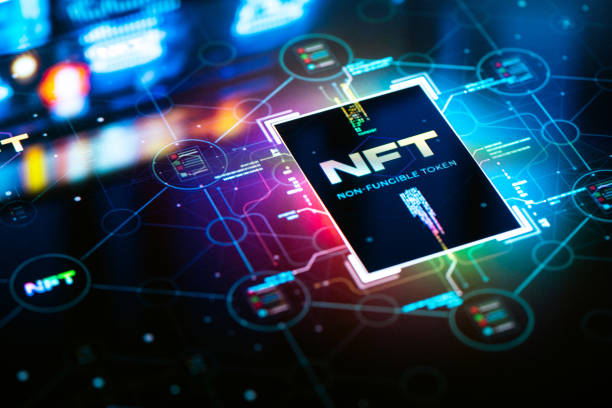
Technological Advancements
As blockchain technology continues to evolve, we can expect improvements in the efficiency and scalability of NFT platforms. Innovations such as Layer 2 solutions and alternative consensus mechanisms aim to reduce the environmental impact and increase the accessibility of NFTs.
Mainstream Adoption
NFTs are gradually gaining acceptance beyond the niche communities of crypto enthusiasts and digital artists. Mainstream brands, celebrities, and institutions are exploring the potential of NFTs, leading to broader adoption and integration into everyday life.
Integration with Augmented and Virtual Reality
The intersection of NFTs with augmented reality (AR) and virtual reality (VR) opens up exciting possibilities for the future. Imagine owning a digital art piece that you can display in your virtual home or using NFTs to access exclusive AR experiences. This integration could further enhance the value and utility of NFTs.
How to Get Started with NFTs
Setting Up a Wallet
To start your NFT journey, you’ll need a digital wallet that supports cryptocurrency and NFTs. Wallets like MetaMask or Trust Wallet are popular choices. You’ll also need to purchase some cryptocurrency, typically Ethereum, to buy NFTs.
Exploring Marketplaces
There are several NFT marketplaces where you can browse, buy, and sell NFTs. OpenSea, Rarible, and Foundation are some of the most well-known platforms. Each marketplace has its unique features and community, so it’s worth exploring a few to find the one that best suits your interests.
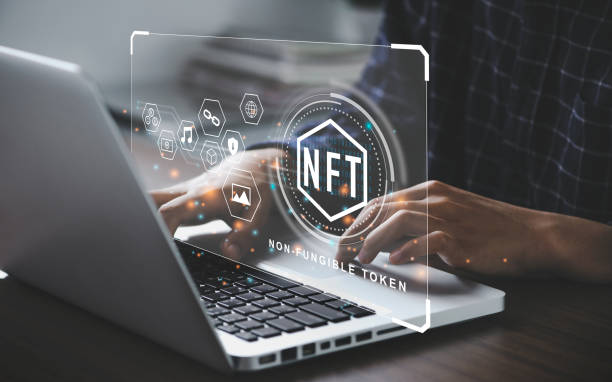
Buying Your First NFT
Once you’ve set up your wallet and chosen a marketplace, you’re ready to buy your first NFT. Browse the available listings, select an NFT that interests you, and follow the platform’s instructions to complete the purchase. Remember to consider factors like the creator’s reputation, the NFT’s uniqueness, and any associated royalties or fees.
Conclusion
NFTs represent a groundbreaking shift in the way we think about ownership and value in the digital age. By providing a secure and verifiable way to own unique digital assets, NFTs are opening up new opportunities for artists, creators, and collectors. While the market is still young and evolving, the potential of NFTs is undeniable. Whether you’re an investor, a creator, or just curious about this exciting new frontier, now is the perfect time to explore the world of NFTs.
FAQs
What does NFT stand for?
NFT stands for Non-Fungible Token. It refers to a type of digital asset that is unique and cannot be exchanged on a one-to-one basis like cryptocurrencies.
How do I buy an NFT?
To buy an NFT, you’ll need a digital wallet that supports cryptocurrency, such as MetaMask. Purchase some cryptocurrency (usually Ethereum), browse an NFT marketplace like OpenSea or Rarible, and follow the platform’s instructions to complete your purchase.
Are NFTs a good investment?
The value of NFTs can be highly volatile, making them a risky investment. However, they also offer unique opportunities for profit, especially for early adopters and those with a keen understanding of the market.
What are some popular NFT marketplaces?
Popular NFT marketplaces include OpenSea, Rarible, Foundation, and SuperRare. Each platform has its unique features and community, so it’s worth exploring a few to find the best fit for you.
Can NFTs be used for anything other than art?
Yes, NFTs have a wide range of applications beyond art. They can be used for music, virtual real estate, gaming, and even to provide access to exclusive events and experiences.


